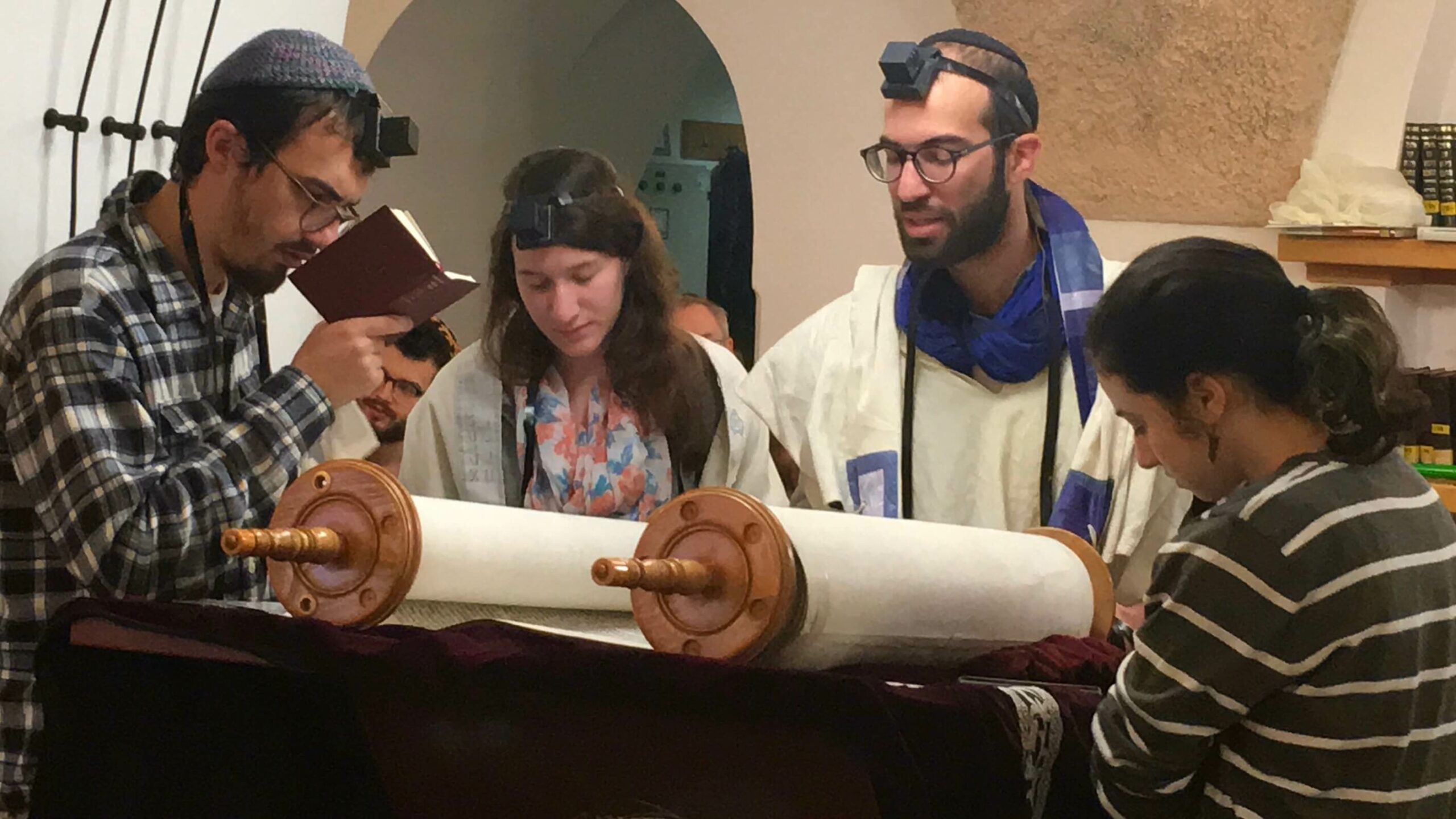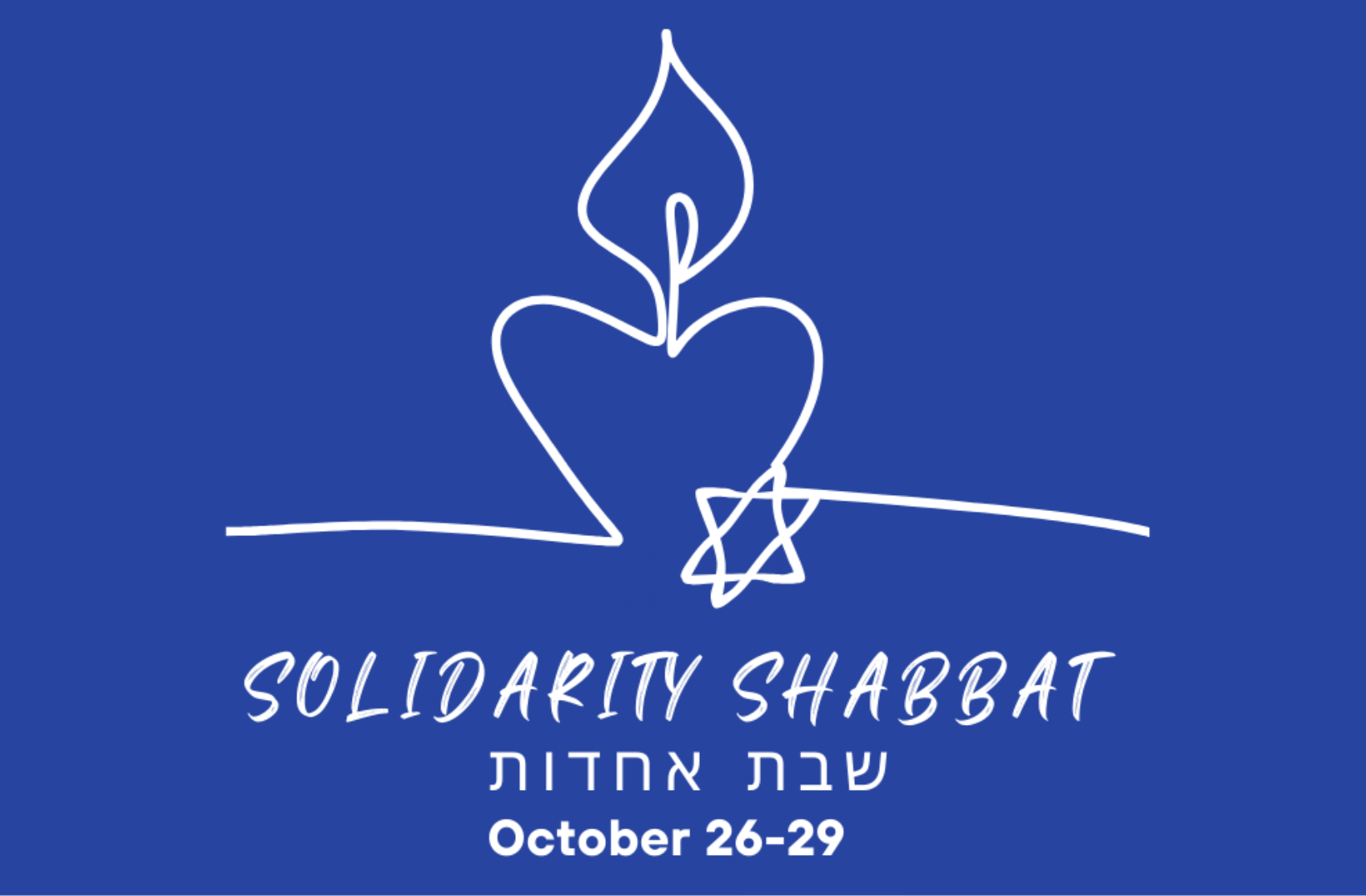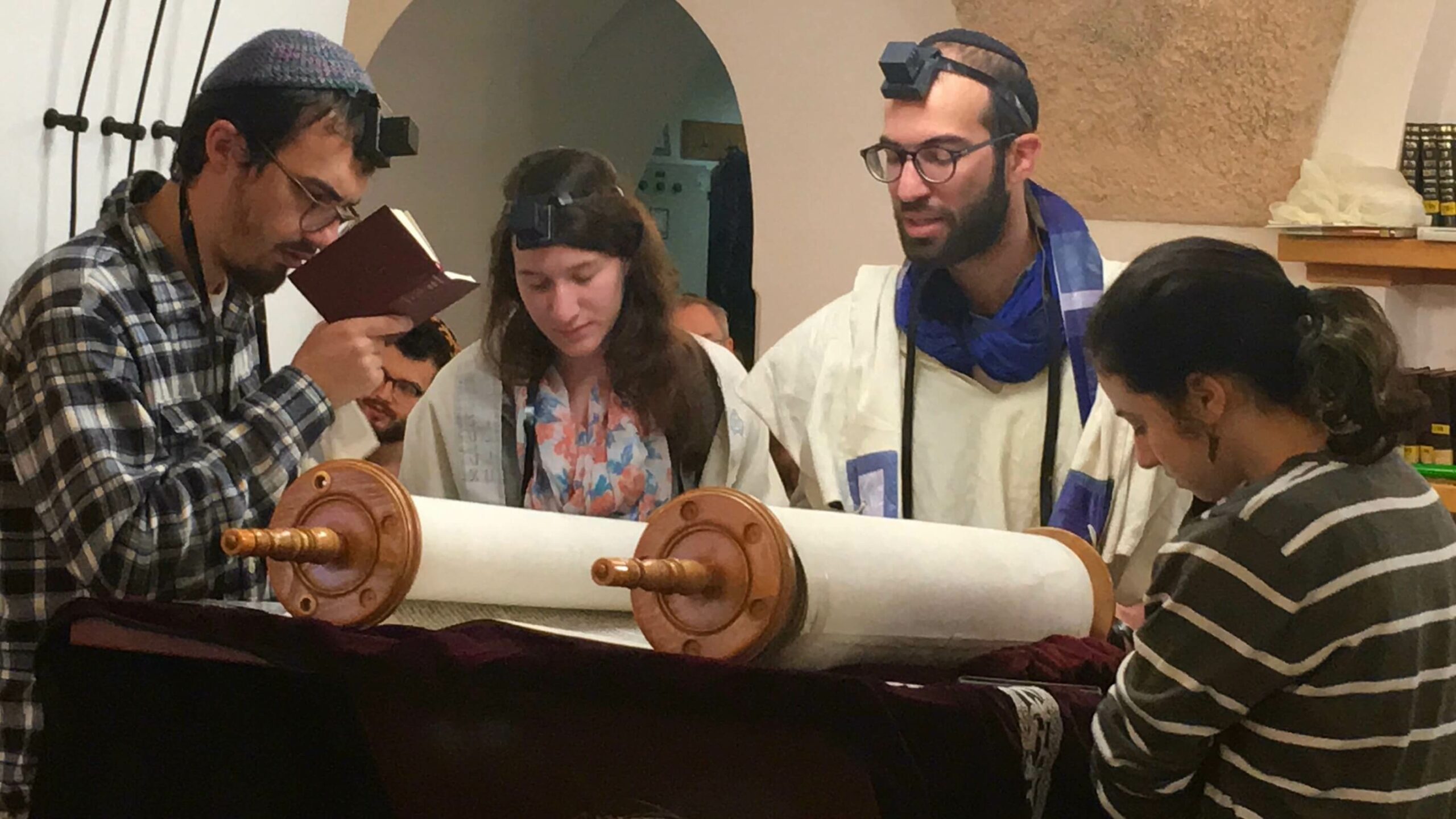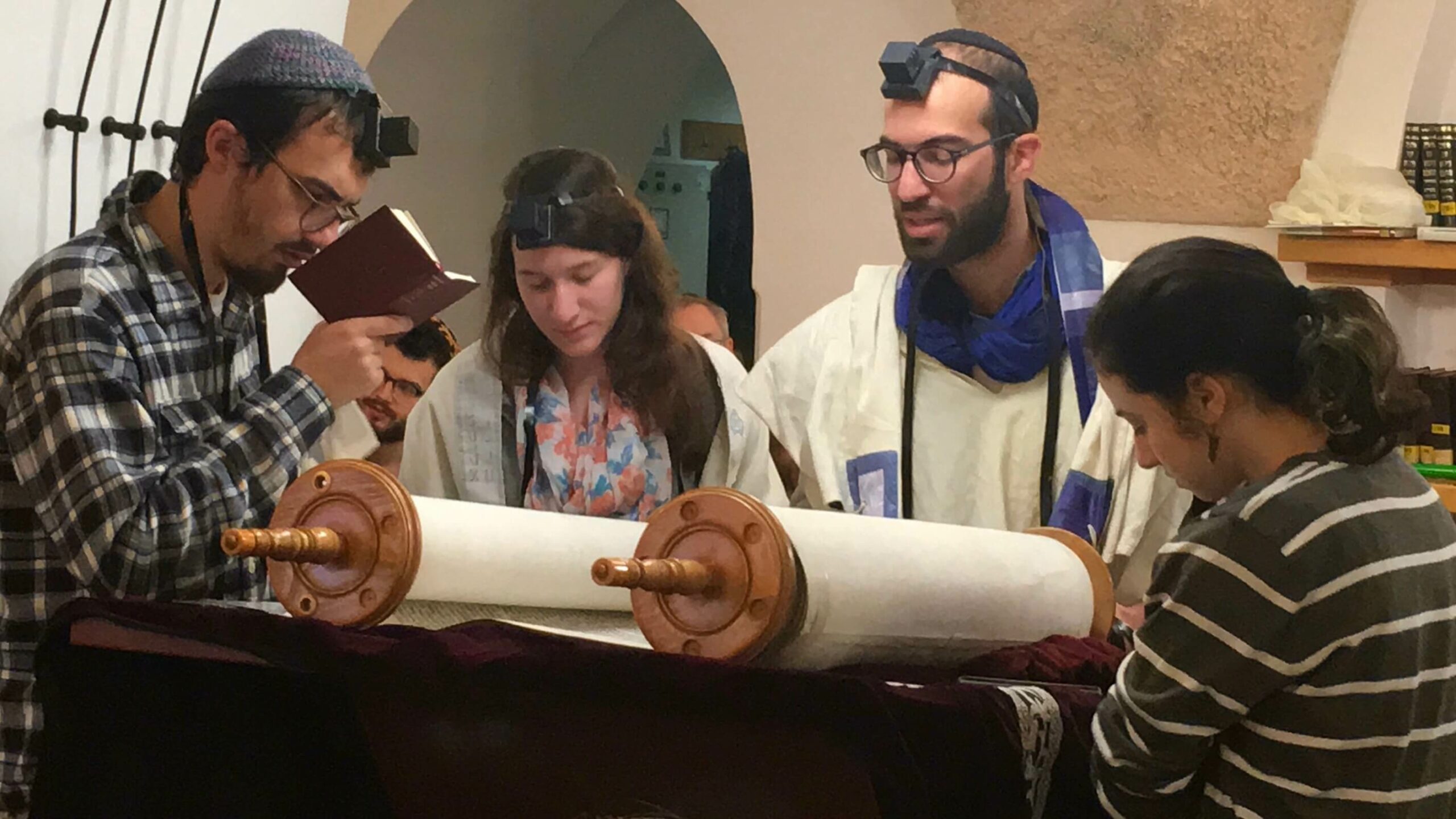

TORAH SPARKS (Print friendly version)
Parashat Emor
May 5, 2018 | 20 Iyyar 5778
Annual | Leviticus 21:1-24:23 (Etz Hayim p. 717-733; Hertz p. 513-528)
Triennial | Leviticus 22:17-23:22 (Etz Hayim p. 722-727; Hertz p. 517-522)
Haftarah | Ezekiel 44:15-31 (Etz Hayim p. 734-737; Hertz p. 528-530)
D’var Torah: Power & Responsibility
Josh Cohen, Conservative Yeshiva Student & Lishma Fellow
This week’s parasha, Emor, contains a variety of laws that God commands Bnei Yisrael through Moses. Among these laws are prohibitions concerning Kohanim and dead bodies, the Kohen’s physical appearance, who a Kohen can marry, and when a Kohen is unfit for service. There are also laws regarding the requirements and suitability of sacrifices, who may eat them and when, instructions for the Ner Tamid, as well as an overview of the obligations and schedule for Shabbat, Pesach, Sefirat HaOmer, Rosh Hashanah, Yom Kippur, and Sukkot. The parasha concludes with a short story about the son of an Israelite woman who, in the heat of a fight, profaned the name of God and is sentenced to death by stoning. This event prompts God to deliver the final laws of the parasha which deal with civil restitution, wherein the famous phrase is recorded “eye for an eye and tooth for a tooth.” (VaYikra 25:20).
What connects this long and seemingly unrelated list of laws is the central value of holiness/sanctity, and the dual imperative to sanctify and NOT defile/profane. At the end of Chapter 22 Bnei Yisrael is instructed to observe these laws so that “You shall not profane My holy name, that I may be sanctified in the midst of the Israelite people – I the Lord who sanctify you.” (VaYikra 22:32) This echoes back to last week’s parasha, when God tells Bnei Yisrael that they “shall be holy, for I, the Lord your God, am holy.” (VaYikra 19:2).
But parashat Emor takes this further, exploring what holiness means through detailed rules regarding holy people (Kohanim/Priests), holy places (Mishkan/Tabernacle), holy things (Kodshim/Sacrificial Gifts) and holy time (Moadim/ Holidays). Since the Kohanim “are holy to your God” (VaYikra 21:7), a Kohen must observe the laws pertaining to cemeteries, shaving, and marriage so that “…he shall not defile himself…and so profane himself.” (VaYikra 21:4). The holy people (Kohanim) must be careful about who enters the Mishkan lest, “He profane these places sacred to Me…” (VaYikra 21:23). Again And they must “be scrupulous about the sacred gifts that the Israelite people consecrate to Me, lest they profane My holy Name.” (VaYikra 22:2). Chapter 23’s instructions regarding the Moadim are not accompanied by an explicit charge against profanation, but as mikraei kodesh (holy occasions) they also reflects this duality. Their sanctity calls for us not only to perform holy acts (sacrifices and other rituals), but also to refrain from mundane activities (work/melacha).
Parashat Emor teaches that the holiness with which we are charged is not a stable state of being, it is an elevated status that requires perpetual safeguarding and sanctifying. Bnei Yisrael is holy so long as they behave accordingly: so long as the Kohanim honor and maintain their own holiness, so long as the Mishkan is protected from defilement, so long as the sacrifices are suitable and significant, and so long as the holidays are celebrated at their appointed times and in the proper manner. With the great power to sanctify, comes the great responsibility not to defile/profane.
But what of the final laws of the parasha? Why does profaning God’s name (in essence, using God’s name to curse and not bless) require putting someone to death, and how does that connect to “an eye for an eye”? The overall message seems to be the reflexive nature of profanation and sin. Profane the holy, and you profane your own holiness. Violate someone’s sanctity, and your sanctity is violated. Fail to protect God, and you forfeit God’s protection.
But there seems to be another level here as well. Verse 24:14 says that “all those who heard him should lay their hands on his head.” This laying of hands, reminiscent of what is done with a sin offering, communicates that it is not only the blasphemer, but all those who heard him, who need expiation before God. Having heard someone profane God’s name, their connection to God, indeed their very lives, are at risk. As we know from elsewhere in the Torah, when Israelites spurn God, people die. By laying hands on the blasphemer and then stoning him, the hearers purge themselves of their sin, and the community purges itself of the defilement in its midst, returning the community to the level of holiness needed to maintain God’s protective presence. In essence, the blasphemer’s life is forfeit because he made their lives forfeit. It’s just that in this instance, God gave them a chance to fix things first.
For Discussion: In what ways are we “defiled” and our connection with God damaged by things we hear or see? How does one return to a state of holiness?
Parashat Emor Self-Study
Vered Hollander-Goldfarb, Conservative Yeshiva Faculty
Our Parasha speaks at length about the rules pertaining to Kohanim (priests) and sacrifices, and the holidays on the Torah calendar.
1) The Kohanim, and sometimes those in their household, are sustained by the food from the Temple/Mishkan. Who is included in the ‘household’ of the Kohen although we might not have expected it (22:11)? What insight might this give us into the institution of slavery in Tanakh?
2) We are told that the gender of the animal we choose to sacrifice should be male (22:19). What might be the reason for this?
3) Chapter 23 discusses the practices of the various holidays on the Jewish calendar that are based in Torah.
4) The holiday that we call Shavuot is marked by bringing new bread to the Temple. Following that, we are instructed to leave the corner of our field for the poor and the sojourner when we harvest (23:15-22). Why does the Torah connect this Mitzvah to the holidays, and why at this specific part of the chapter?
5) Half a year away from Pesach (Passover) we celebrate Sukkot (23:39-43). What does this holiday have in common with Pesach? How does its timing, half a year away, put it on the opposite end of a process that began at Pesach time?
D’var Haftarah: Trappings of Leadership
Rabbi Mordechai Silverstein, Conservative Yeshiva Faculty
After the formation of the people as a nation at Sinai and the establishment of the Mishkan (Sanctuary) in the desert, the Kohanim (priests) acted as the religious leaders of the people of Israel. Both this week’s Torah portion and its designated haftarah from Ezekiel set very strict standards of behavior for regular priests (Kohen Hedyot) and, in particular, for the Kohen Gadol (the High Priest), regulating their marital choices, how they wore their hair, and over whom and how they would mourn their dead.
These regulations had two intended purposes. One, was to cultivate in these religious leaders a sensitivity to holiness so that they might better serve God; and the other was to create models of holiness for the people to look up to as their leaders. This elevated status was further reinforced by their dress, with particular outfits required for specific duties or when in certain areas. Ezekiel makes note of this when he says: “And when [the priests] go out to the outer courtyard – the outer court where the people are – they shall remove their vestments in which they minister and shall deposit them in the inner chamber; they shall put on other garments, lest they make the people consecrated by [contact with] their vestments.” (44:19) According to Ezekiel, the garments were so holy that, like other holy objects, contact with them by a regular Israelite would transfer some of the kohanic restrictions. But why is this a problem?
Rabbi Naftali Zvi Berlin (19th century Lithuania), the last head of the famed Volozhin Yeshiva, gave an inspired answer: “If the priests would go around in their priestly clothing, people would avoid them… [This would create a problem] because their sanctity (elevated status) from the people was intended exclusively for God – for the glory of Heaven and not for their own [the priests’] personal glory.” Berlin feared that if the priests walked around in their special vestments, and people avoided them to avoid the serious inconvenience of being sanctified, the kohanim might get caught up in their special status and forget that their role was to cultivate the people’s relationship to God.
This is an important message not only for religious leaders but for all who lead. Leaders, though they are often set apart, held up, and held to a higher standard, must remember not to put on airs, as the purpose of their elevation is service. When the specific trappings of leadership are not necessary, the leader must be humble and approachable to be an effective bridge between the masses and their higher purpose.
For Discussion: Have you ever gotten so caught up in “being a leader” that it impaired your leadership? How can a leader be both accessible and hold himself/herself to a higher standard?






